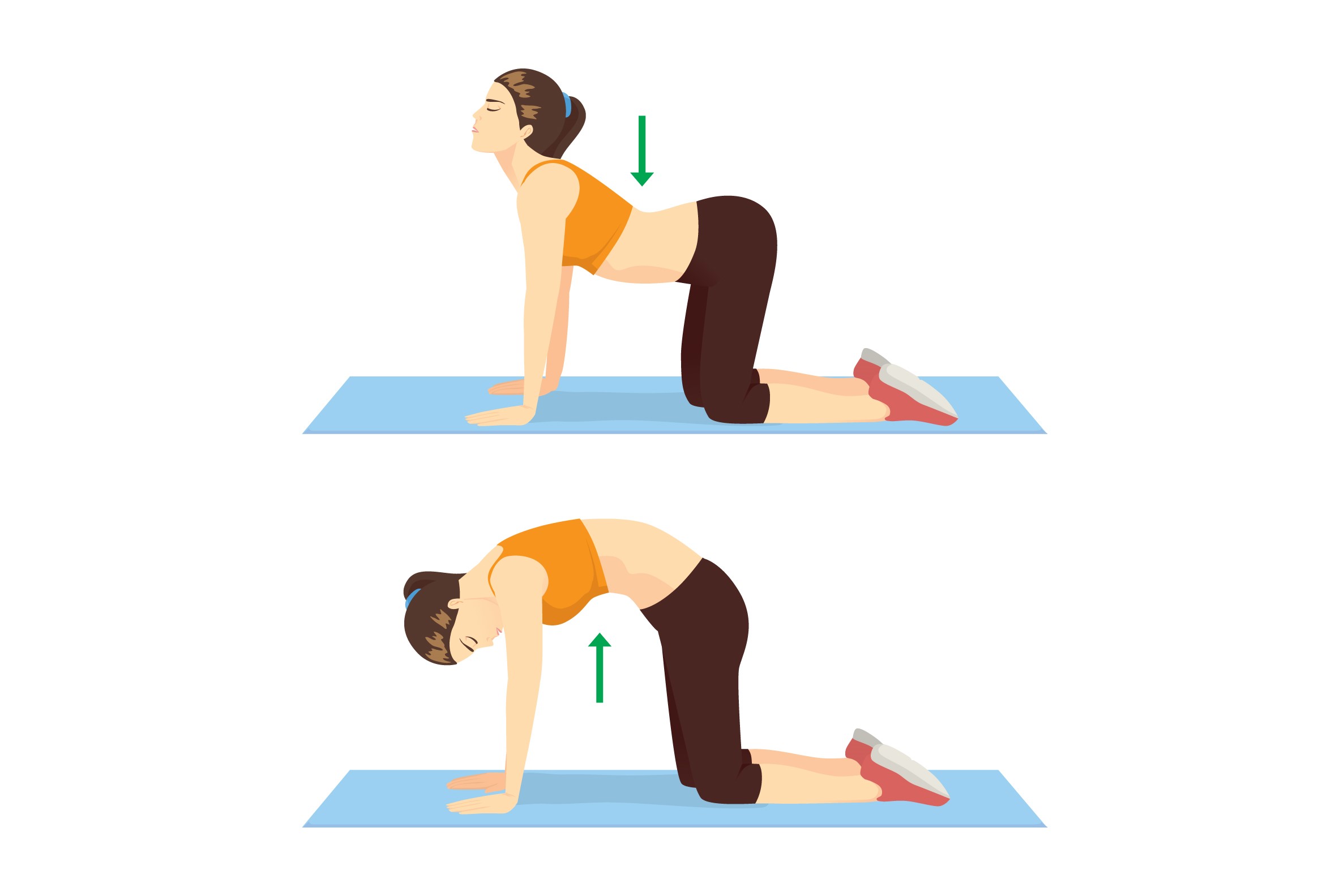Yoga for Sleep: The Ultimate Guide to Restful Nights
Quality sleep is crucial for physical and mental health. Yoga can naturally prepare your mind and body for deep, restful sleep. In this guide, you'll learn the best poses, breathing techniques, and bedtime routines to reduce insomnia and enhance relaxation.
Why Yoga Helps Improve Sleep
Yoga regulates the nervous system, reduces stress hormones like cortisol, and enhances melatonin production. Practicing yoga daily helps reduce sleep latency, increase total sleep time, and improve overall sleep quality. By combining gentle stretches, breathing exercises, and guided relaxation, you can overcome insomnia naturally.
Essential Yoga Poses for Deep Sleep
1. Child’s Pose (Balasana)

Child’s Pose stretches the back, spine, and hips while calming the mind.
This restorative pose reduces tension in the shoulders, neck, and spine. Beginners can keep knees wide for more comfort. Focus on slow, deep breaths and imagine tension melting away. Practice for 3–5 minutes before bedtime to prepare the body for sleep. Variations: extend arms forward or alongside the body. Benefits include improved blood circulation to the brain, reduced anxiety, and calming the nervous system.
2. Legs Up the Wall (Viparita Karani)

Relaxes tired legs, improves circulation, and promotes mental calm.
Lie on your back with legs resting vertically against the wall. Place a folded blanket under the hips for extra support. This pose relieves lower back tension and reduces fatigue. Focus on deep breathing. Hold for 5–10 minutes while visualizing calm energy flowing through the body. This pose also aids in reducing swelling in legs and feet and relieves stress after long workdays.
3. Reclining Bound Angle Pose (Supta Baddha Konasana)

Opens hips and chest, reducing stress and tension for better sleep.
Lie on your back with soles of feet together and knees falling outward. Use pillows to support knees. This pose gently stretches inner thighs and groin while promoting deep relaxation. Breathe slowly, focusing on each exhale. Practice 5–10 minutes to calm the nervous system. Benefits include reducing anxiety, calming heart rate, and preparing the mind for a restful sleep cycle.
4. Cat-Cow Pose (Marjaryasana-Bitilasana)

Loosens the spine, improves flexibility, and promotes calmness.
Move between arching the back (Cow) and rounding (Cat). Sync breath with movement. This flow reduces tension in the spine and neck while encouraging mental clarity. Practice for 3–5 minutes before bedtime for better sleep. Beginners can perform slowly, focusing on mindfulness and body awareness. Additional benefits include improving digestion and stimulating internal organs.
5. Corpse Pose (Savasana)

Ultimate relaxation pose that reduces stress and prepares the mind for sleep.
Lie flat with arms relaxed by your sides. Close eyes and focus on breath. Scan the body from head to toes, releasing tension with each exhale. Practice 10–15 minutes. This pose can be enhanced with soothing music or guided meditation for deeper relaxation. Benefits include lowering blood pressure, calming the mind, and improving focus and memory.
6. Supported Forward Fold (Paschimottanasana)

Stretches the spine and hamstrings, calming the mind for restful sleep.
Sit with legs extended and fold forward over a bolster or pillow. Focus on exhaling tension. This pose slows the heart rate and soothes the nervous system. Hold 5–10 minutes. Variations: keep knees slightly bent for comfort, use blankets for support, or place forehead on a cushion for deep relaxation. Helps reduce insomnia and relaxes the lower back.
Yoga Nidra: Guided Yogic Sleep
Yoga Nidra is a guided meditation for deep relaxation. Practicing before bed reduces insomnia, stress, and anxiety. Start with 10–20 minutes per session. Focus on body awareness and visualization. For a full guided session, watch Yoga for Sleep – Guided Relaxation & Yoga Nidra.
Step-by-Step Bedtime Routine
- 5 min: Deep diaphragmatic breathing
- 10 min: Gentle stretches (Cat-Cow, Child’s Pose, Neck Rolls)
- 15 min: Restorative poses (Legs Up the Wall, Reclining Bound Angle, Forward Fold)
- 10–20 min: Yoga Nidra or Savasana
FAQ: Yoga for Sleep
Q: Can beginners practice these poses?
A: Yes, all poses are beginner-friendly. Use props for support.
Q: How soon will I notice results?
A: Usually within 1–2 weeks of consistent practice.
Q: Can Yoga Nidra replace sleep?
A: No, but it improves sleep quality.
Conclusion
Yoga naturally enhances sleep quality. Incorporate gentle poses, breathing exercises, and Yoga Nidra into your nightly routine to combat insomnia, reduce stress, and enjoy restful nights. Start tonight with the guided session above to experience the benefits.
